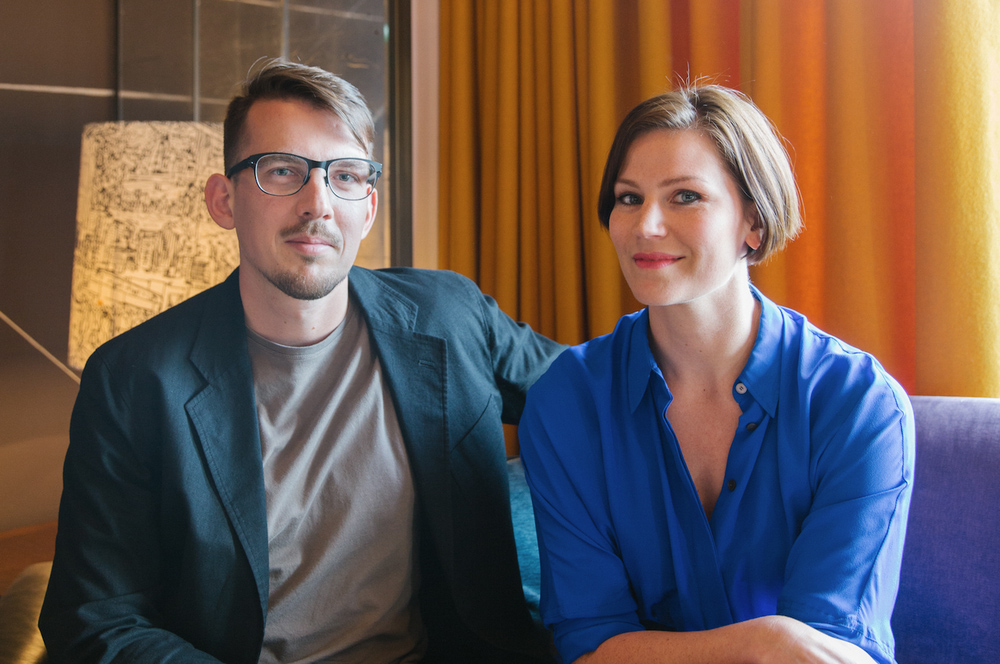
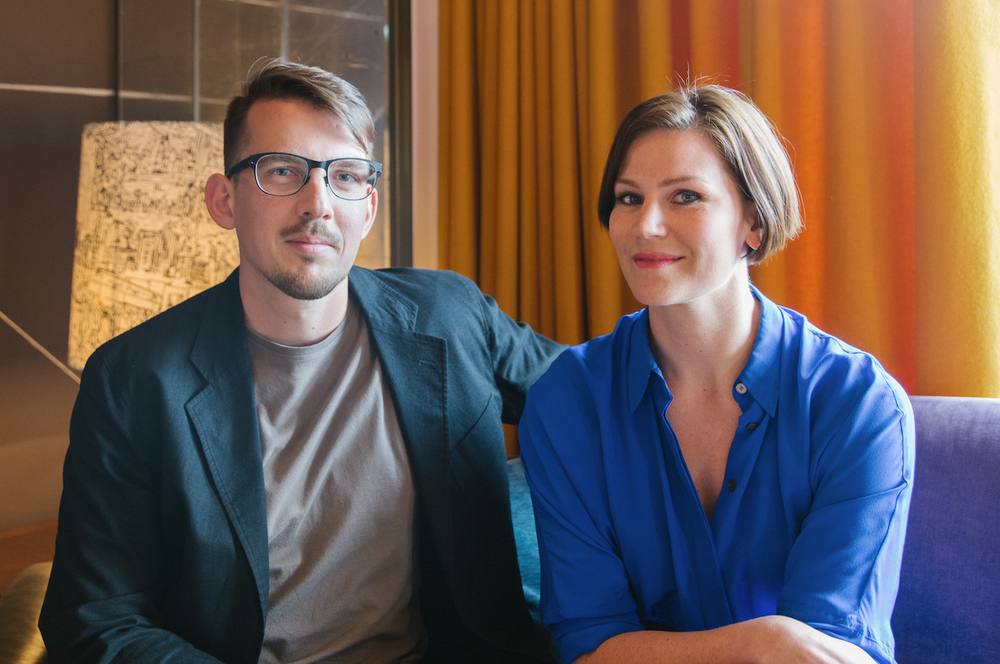
We meet the Hackney studio blurring the boundaries between real and virtual
How brands communicate is changing massively. It’s no longer about slick images, celebrity endorsements, or trite slogans, for companies, big and small, experience and concept are the new buzz words when it comes to connecting with an audience. It’s a big shift in how brands market themselves and one that East London design studio, Field are celebrating.
“There’s a massive move towards a lot more integrity and authenticity,” explains Field co-founder and managing director, Vera-Maria Glahn. “Brands are creating experiences that people just enjoy and whether it’s related to a brand or not is almost secondary.”
Field’s work, executed by Glahn and fellow co-founder and creative director Marcus Wendt, ranges from apps to audiovisual installations and virtual reality experiments. Working both on personal and commercial projects, the studio counts the likes of Nike, Deutsche Bank, Nokia, and the British Library among their clients.
With such variety in their work, it can be difficult to classify Field — as far as they’re concerned, it pays to be fluent in multiple creative languages. Ultimately however, Glahn and Wendt are focusing on what digital can bring to design, and in the process creating experiences that stretch beyond traditional expectations of both commercial content and art.
“In simple terms we stand for audio visual immersive experiences,” says Wendt. “That’s all we want to do, and we do it on any kind of platform.”
In Hi-Res Realtime Artworks, a project for Deutsche Bank in 2011, that platform took the shape of a 12m wide screen installation in Hong Kong. Collaborating with fellow digital design studio, Universal Everything, the installation displayed eight ever-changing video artworks showing atmospheric cityscapes, hand-drawn sceneries, patterns and landscape animations, all generated in realtime with code.
It’s one of many examples of how Field can take something seemingly mundane, like a bank or a car (as they did in their Sensing Speed project for Maserati which saw Field develop a bespoke sound and data visualisation of raw audio and data recordings taken from Maserati Trofeo races), and inject it with something interactive and engaging.
Glahn and Wendt moved to London to found Field in 2009 after studying together at the School of Arts and Design in Kassel, Germany. Since then, arguably their main medium, technology, has steadily changed, and so too has people’s perception of it.
“I think five or six years ago there was a large area of the digital space that people just didn’t want to touch, didn’t want to engage with, because that was virtual and not real, not tangible,” recalls Wendt. “Nowadays everything is cross-platform and multi-connected.”
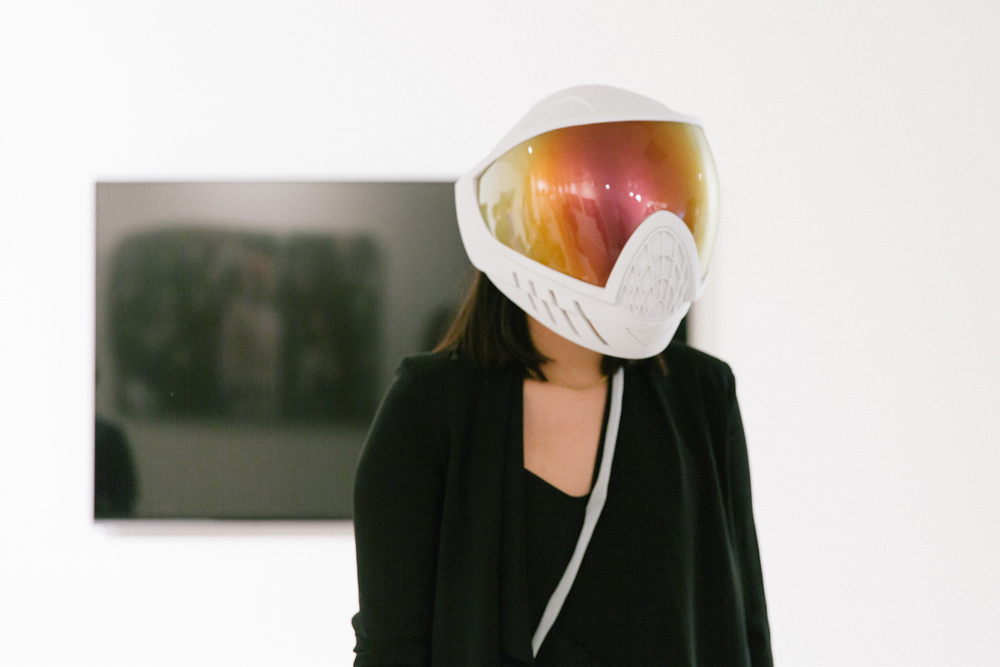
People are better educated, so you can’t fool them that easily with silly slogans and superficial campaigns. Brands are starting to realise that if you want to target the premium customer, they want premium experiences.
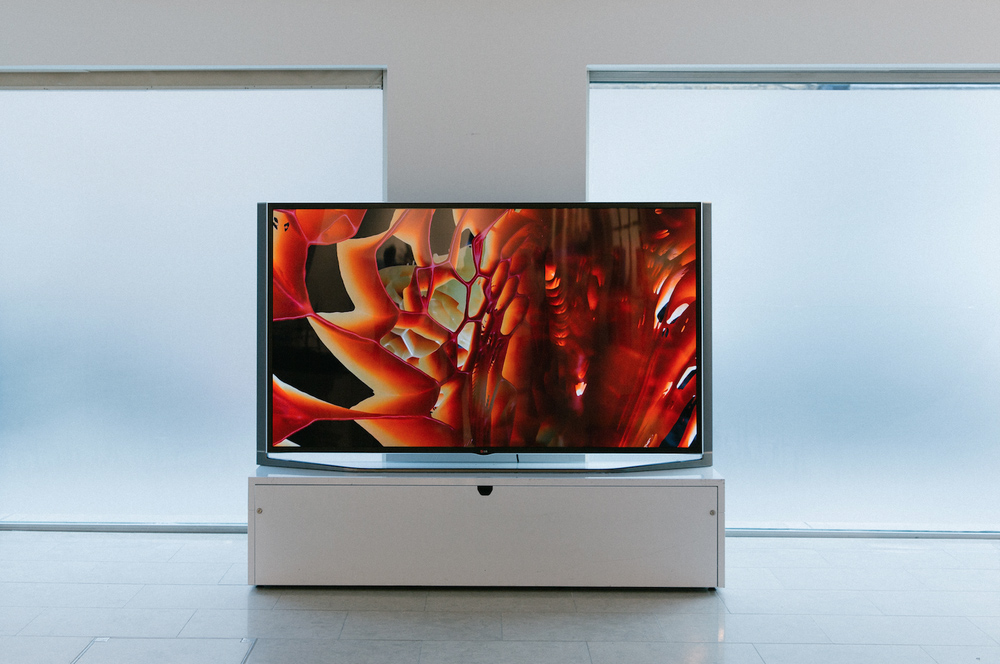
But it’s not just on a consumer level; developments in technology have had big implications to how companies communicate. The Internet, mobile tech and social media have revolutionised the branded sphere, and while labels and organisations can reach out more easily than ever, their content often falls on more skeptical ears.
“In the bigger picture, it’s the effect of the Internet, people are more educated,” says Wendt discussing the shift towards more intelligent branding. “People are better educated, so you can’t fool them that easily with silly slogans and superficial campaigns. Brands are starting to realise that if you want to target the premium customer, they want premium experiences.”
As designers, Field are undoubtedly technologically lead, but that’s not to say, that’s it’s all about the digital, in fact, their work is decidedly tactical, sensory, physical; the blurring boundaries between the real and the virtual encapsulate Field’s aesthetic and message. Their recent interactive Force of Nature installation for the Nike Innovation Summit in April, for example, used cameras to capture a runner’s profile. The captured profile was converted into a digital vortex of colour that changed depending on the pace and rhythm of the runner’s steps. The experience was all done to the backdrop of sound designer, Studiokamp’s, soundtrack of rushing wind and crashing waves.
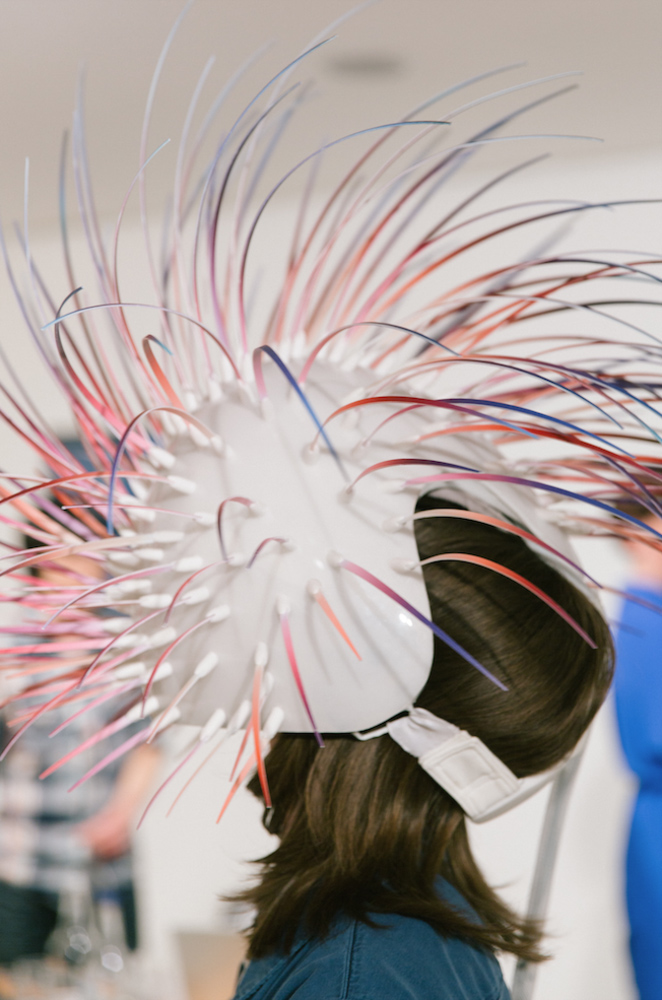
“We’ve tried to get away from screens and projections and displays and create things that are spatial, that are tangible and physical, that make noise when they move, something that feels like it’s a bit more of a part of our life,” explains Glahn.
The studio’s recent solo exhibition, Violescence, at The Hospital Club in London is all about this. The show is centred around the new work Quasar; three different virtual reality experiments that capture the senses through movement, sound and light, depending on your actions. Part of Field’s motivation to create independent artworks is to define what media they work in - to expand their repertoire – and this reflects in the kinds of commissions they become involved in.
“We create our self commissioned works because we are really excited to try new technologies and explore new ideas, and sometimes that opportunity does not present itself with client collaborations, or doesn’t get enough time and resources,” explains Glahn. “So what we learn from independent works, both related to ideas and narrative, as well as technology and media, finds its way into future commercial projects.”
Being in a position to work on branded campaigns whilst experimenting with personal projects is perhaps every designer’s dream. The two strands of Field's work are symbiotic; the branded work affords them the luxury to be able to test new ideas, which in turn brings in more commissions, forming the ideal creative loop.
www.field.io


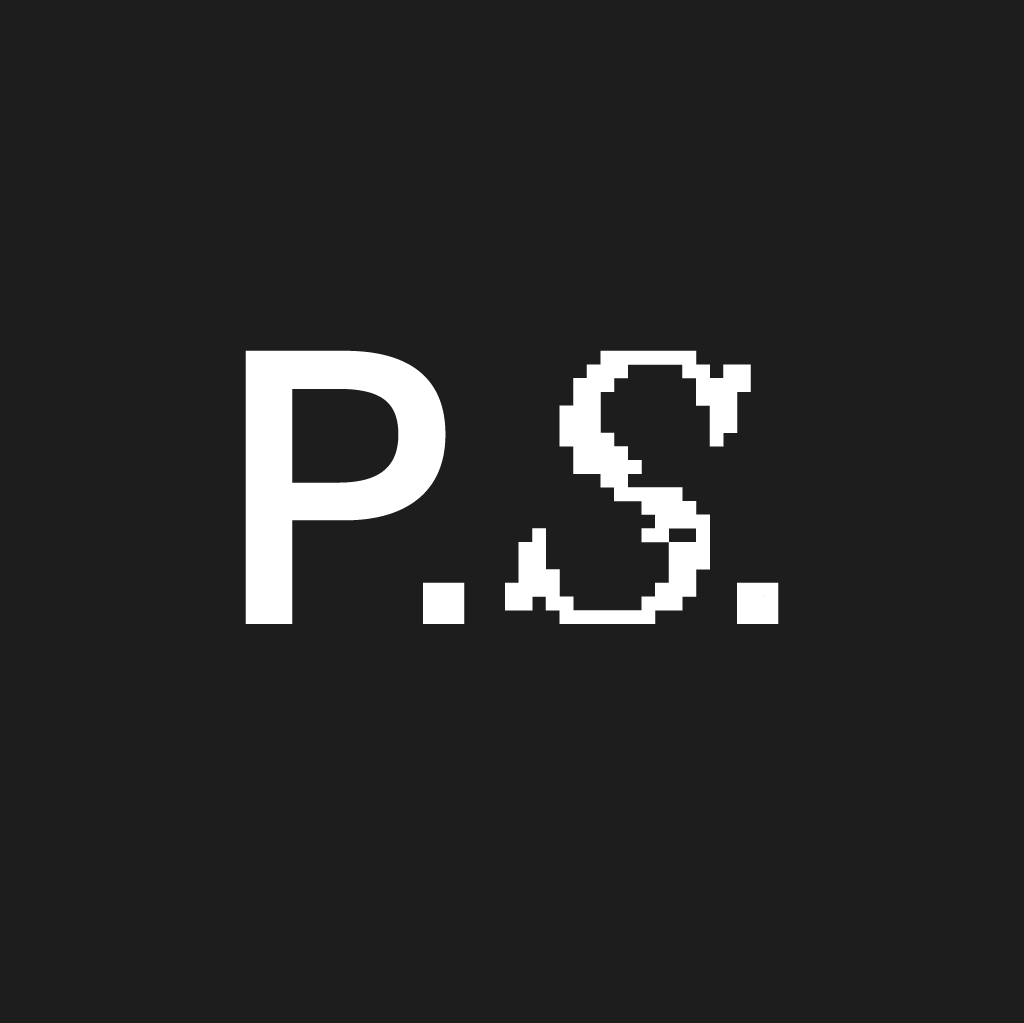
Discussion